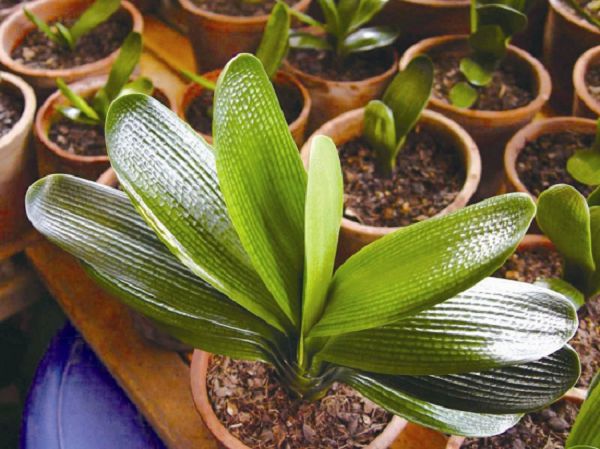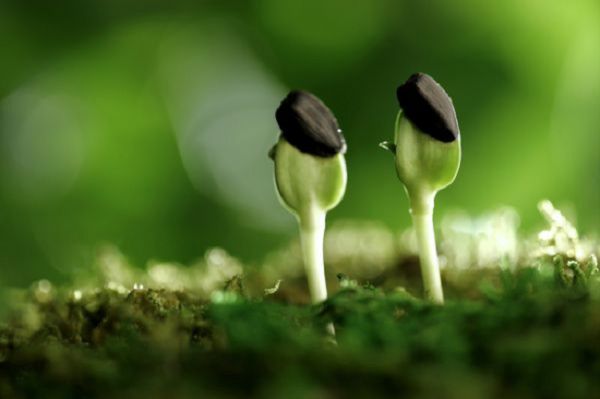How to distinguish flowers from yin and yang by looking at leaves

1. Distinguish according to leaf shape
(1) coniferous flowers and trees: the leaves are needle-like, such as five-needle pine, cedar, cypress, etc., most of them are positive; the leaves are flat and scaly, such as Platycladus orientalis, Luohan pine, etc., are slightly shady.
(2) Broad-leaved flowers and trees: evergreen broad-leaved flowers and trees, most of them belong to negative or semi-negative flowers, such as evergreen, tortoise-backed bamboo, begonia, camellia, magnolia, rhododendron, etc.; deciduous broad-leaved flowers and trees are mostly positive flowers, such as impatiens, peach, chrysanthemum, rose, pomegranate, plum blossom, lotus, water lily and so on.
2. According to the density of branches and leaves
Distinguish that most of the small and dense branches and leaves belong to semi-negative flowers, such as asparagus, asparagus, Phyllostachys pubescens, etc.; the branches and leaves are large and sparse and extended, most of them are positive flowers, such as a string of red, tricolor pansy, colored leaf grass, oleander, jasmine and so on.
3. According to the leathery foliar surface
Distinguish the thick leathery leaves, most of which belong to shade-resistant flowers. Such as orchid, orchid, gentleman orchid, rubber tree and so on.
Related
- What if the leaves of potted flowers turn yellow?
- Florescence Control of several Flowers
- Anti-freezing technology and post-freezing nursing technology of flowers
- What is the classification of flowers? What are the common methods of flower classification?
- Prevention and control of alkali and acid damage of flowers in courtyard
- Technology of Anti-freezing and restoring growth of Flower seedlings in greenhouse and greenhouse
- How does flower fertilization not hurt the root? Fertilization technology of flowers
- Key points of disinfection in flower greenhouse
- Several pesticides that are banned or used cautiously in flowers
- How to fertilize the flowers that watch the leaves?



